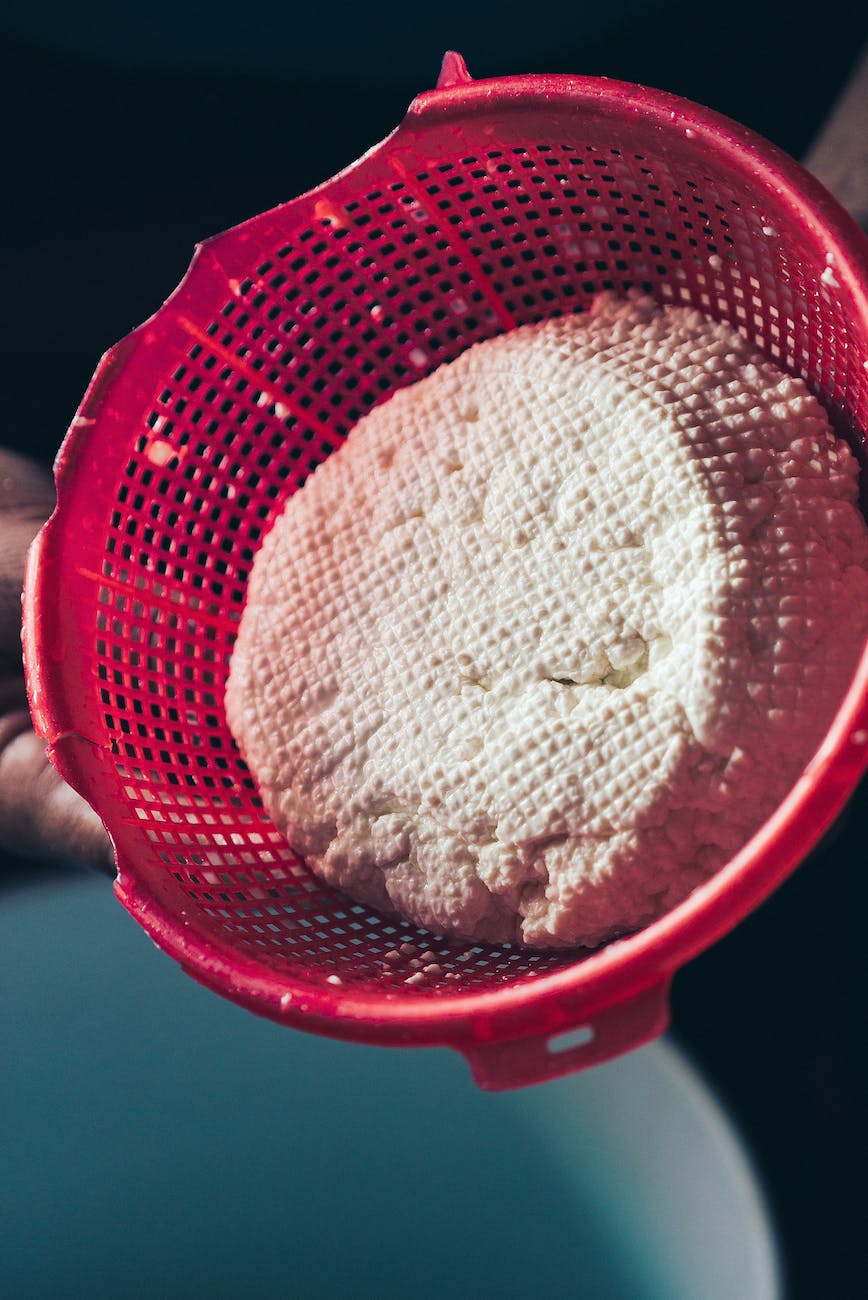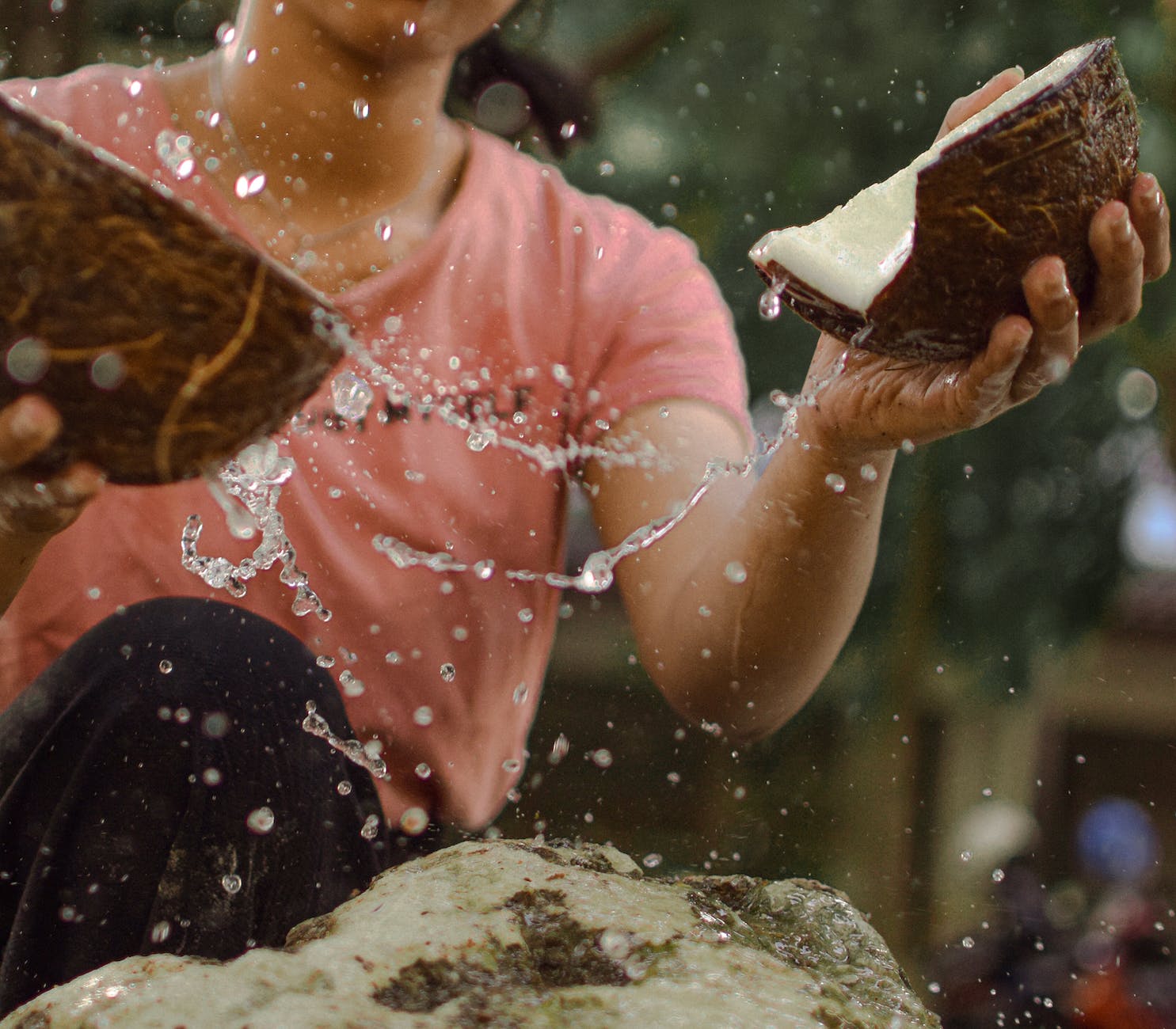
Introduction
Navigating through pregnancy requires a keen focus on nutrition, particularly omega-3 fatty acids, which are pivotal for the baby’s brain development and the mother’s health. In this post, we’re blending the rich flavors and nutritional benefits of chicken and avocado to create five scrumptious snacks. These recipes are not just about satisfying cravings; they’re about providing essential nutrients in the most delicious ways.
Why Focus on Omega-3s?
Omega-3 fatty acids, especially DHA and EPA, are crucial during pregnancy. They contribute to fetal brain and eye development and support the mother’s heart health. Avocado is an excellent source of healthy fats, including omega-3s, and is also rich in fiber, B-vitamins, and potassium. Chicken, particularly if it’s organic and pasture-raised, provides high-quality protein and can be a source of omega-3s as well.
1. Avocado Chicken Salad
- Ingredients: 1 grilled chicken breast (diced), 1 ripe avocado (mashed), juice of half a lemon, ¼ cup diced celery, 2 tablespoons Greek yogurt, salt, and pepper to taste.
- Preparation: In a bowl, combine the grilled chicken with mashed avocado, lemon juice, celery, and Greek yogurt. Season with salt and pepper.
- Benefits: This creamy salad offers protein from the chicken and heart-healthy monounsaturated fats from the avocado, along with the probiotic benefits of Greek yogurt.
2. Chicken Avocado Wraps
- Ingredients: Whole-grain tortillas, grilled chicken strips, sliced avocado, mixed greens (like spinach or arugula), and a light yogurt-based dressing.
- Preparation: Spread the tortillas on a flat surface. Layer with grilled chicken, avocado slices, and greens. Drizzle with the yogurt dressing, roll up, and slice.
- Benefits: These wraps are a fusion of complex carbs, lean protein, and healthy fats. The greens add an extra dose of vitamins and antioxidants.
3. Avocado Chicken Skewers
- Ingredients: Cubed chicken breast, ripe avocado chunks, cherry tomatoes, skewers, olive oil, lemon juice, and herbs.
- Preparation: Marinate chicken cubes in olive oil, lemon juice, and herbs. Skewer alternating pieces of chicken, avocado, and cherry tomatoes. Grill lightly.
- Benefits: Perfect for a summer snack, these skewers provide a balanced meal with healthy fats, lean protein, and the lycopene found in cherry tomatoes.
4. Chicken Stuffed Avocado
- Ingredients: 2 ripe avocados (halved and pitted), 1 cup cooked shredded chicken, lime juice, chopped cilantro, diced tomatoes, and a pinch of cumin.
- Preparation: In a bowl, mix the shredded chicken with lime juice, cilantro, tomatoes, and cumin. Scoop this mixture into the avocado halves.
- Benefits: This snack is a powerhouse of nutrients – rich in healthy fats, protein, and essential vitamins and minerals.
5. Avocado Chicken Lettuce Wraps
- Ingredients: Butter lettuce leaves, shredded cooked chicken, diced avocado, a light vinaigrette (olive oil, lemon juice, mustard).
- Preparation: Arrange the lettuce leaves, add a mix of chicken and avocado, and drizzle with the homemade vinaigrette. Wrap and enjoy.
- Benefits: Light and refreshing, these lettuce wraps provide a hydrating way to enjoy a high-protein, high-fat snack, perfect for a quick lunch or afternoon pick-me-up.
Nutritional Considerations
While indulging in these snacks, it’s important to remember the balance of your overall diet. Including a variety of fruits, vegetables, whole grains, and lean proteins is key to meeting all your nutritional needs during pregnancy.
Conclusion
These five omega-3-rich snacks are designed to support the unique nutritional needs of expectant mothers. They provide a delightful mix of flavors and textures, ensuring that your snacking is not only satisfying but also packed with the nutrients you and your baby need. Embrace these recipes, and remember to adjust them to your dietary preferences and needs.
10 FAQs for “5 Omega-3 Boosting Snacks for Expectant Mothers: Chicken and Avocado Recipes”
- Is it safe to consume avocado every day during pregnancy? Yes, eating avocado daily is safe and beneficial during pregnancy. It’s a great source of healthy fats, fiber, and vitamins, but as with all foods, moderation is key.
- How does chicken contribute to omega-3 intake? Chicken, especially if it’s pasture-raised, can contain omega-3 fatty acids. It’s also an excellent source of lean protein, essential for pregnancy.
- Can these recipes be modified for vegetarians? Absolutely! For a vegetarian option, you can substitute chicken with tofu or chickpeas, which are also good protein sources.
- Are these snacks suitable for women with gestational diabetes? These snacks are generally suitable for gestational diabetes, but it’s important to monitor portion sizes and overall carbohydrate intake. Consulting with a healthcare provider for personalized advice is recommended.
- Can I use store-bought rotisserie chicken for these recipes? Yes, you can use store-bought rotisserie chicken for convenience. However, opt for options with less sodium and no added preservatives.
- What are some other omega-3-rich foods I can include in my diet? Other omega-3-rich foods include fatty fish like salmon, flaxseeds, walnuts, and hemp seeds. These can be great additions to your diet.
- Is there a risk of avocado-causing allergies? Avocado allergies are rare but possible. If you’re trying avocado for the first time during pregnancy, start with a small amount and monitor for any adverse reactions.
- Can these snacks be prepared in advance? Most of these snacks are best enjoyed fresh, especially those with avocado, as it tends to brown. However, you can prepare the chicken in advance to save time.
- What can I substitute for Greek yogurt in the wraps if I’m dairy intolerant? For a dairy-free alternative, you can use plant-based yogurts like almond or coconut yogurt.
- Are these snacks high in calories? While these snacks are nutrient-dense, they are not excessively high in calories. However, portion control is important to maintain a balanced diet during pregnancy.
Blog Tags
Pregnancy Nutrition, Omega-3 Rich Snacks, Healthy Chicken Recipes, Avocado Snacks, Easy Pregnancy Meals, Nutrient-Dense Foods, Protein-Rich Snacks, Balanced Diet in Pregnancy, Heart-Healthy Eating, Wholesome Snacking













